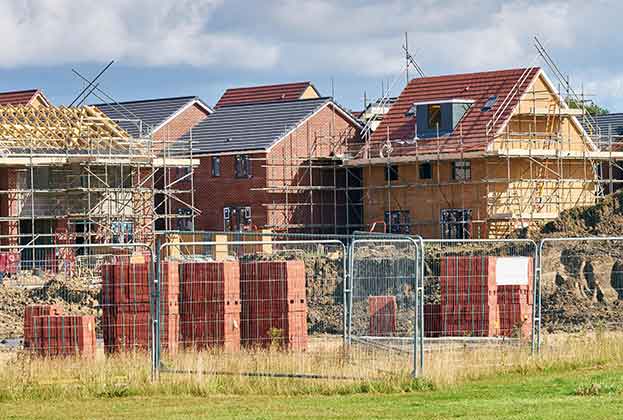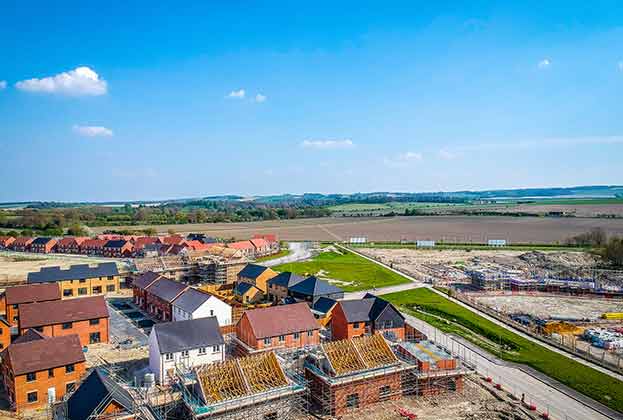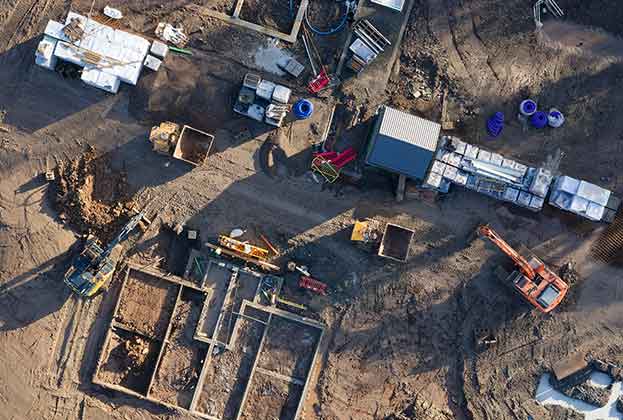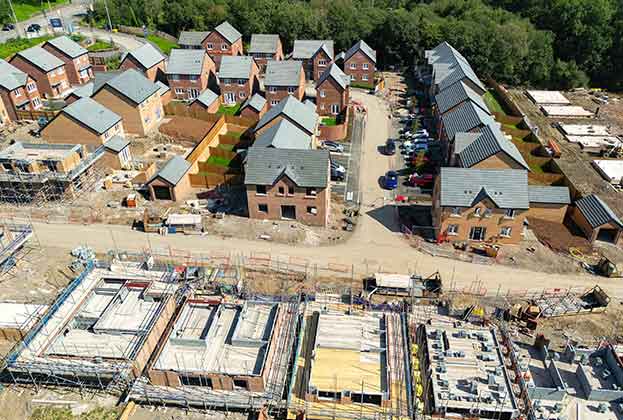Biodiversity net gain (BNG) was introduced by the Environment Act 2021. It is an approach to planning and development that aims to ensure development leaves the natural environment in a measurably better state than it was before.
BNG requirements should enhance and create natural habitats and help towards building the resilience of wildlife and its ability to adapt to climate change.
From February 12th 2024, it will be mandatory for all Town and Country Planning Act developments granted planning permission to provide a minimum 10% net gain in biodiversity, measured against pre-development figures. From that date, local planning authorities can set local plans to seek additional biodiversity net gains above the national minimum of 10%. Currently there are few examples of LPA stipulating a 20% uplift in biodiversity, however this is not commonplace.
Biodiversity uplift can be achieved through habitat creation or enhancement on-site and/or off-site, or through the purchase of statutory biodiversity credits from the Government. The mitigation hierarchy for BNG is set out in national policy. Developers are encouraged to follow these steps in order to:
1. Avoid or reduce biodiversity impacts through site selection and development layout;
2. Enhance and restore biodiversity on-site;
3. Create or enhance off-site habitats, either on the developer's own land or by purchasing biodiversity units
4. As a last resort, to prevent undue delays, purchase statutory biodiversity credits from the UK Government (if they can demonstrate that they are unable to achieve biodiversity net gain through on-site or off-site measures).
BNG units will be legally secured either through a Section 106 agreement or Conservation Covenant. Where credits are bought from the Government, the council would disclose a mandatory BNG contribution fee (per biodiversity unit) upon issuing planning permission, which would fund net gain provision elsewhere. While local authorities will be able to sell biodiversity units, developers can also negotiate to purchase credits from local landowners or other developers with an excess of biodiversity units.
Initial estimates from Department for Environmental, Food and Rural Affairs (Defra) placed biodiversity units at anywhere between £9,000 and £15,000 per unit, though current comparables are in excess of double this figure.
Any biodiversity enhancement used to achieve a biodiversity net gain will need to be maintained for a minimum period of 30 years.
Current guidance states that all planning applications as of 12 February 2024 will need to be accompanied by biodiversity net gain information, including:
- The pre-development ‘baseline’ value measured using the most recent Defra biodiversity metric;
- The proposed approach to enhancing biodiversity on-site:
- Any proposed off-site biodiversity enhancements that have been planned or arranged.
The BNG requirement will be framed as a pre-commencement planning condition, meaning that the biodiversity gain plan must be approved by the local planning authority, allowing for the condition to be discharged before development can begin.
Following the Natural England Consultations there is now further guidance and standard templates of the documents required for delivering BNG.
Further information
Contact Johnny Campbell or Jon Dearsley
New rules for biodiversity: what landowners and developers need to know




.jpg)


.jpg)

.jpg)
